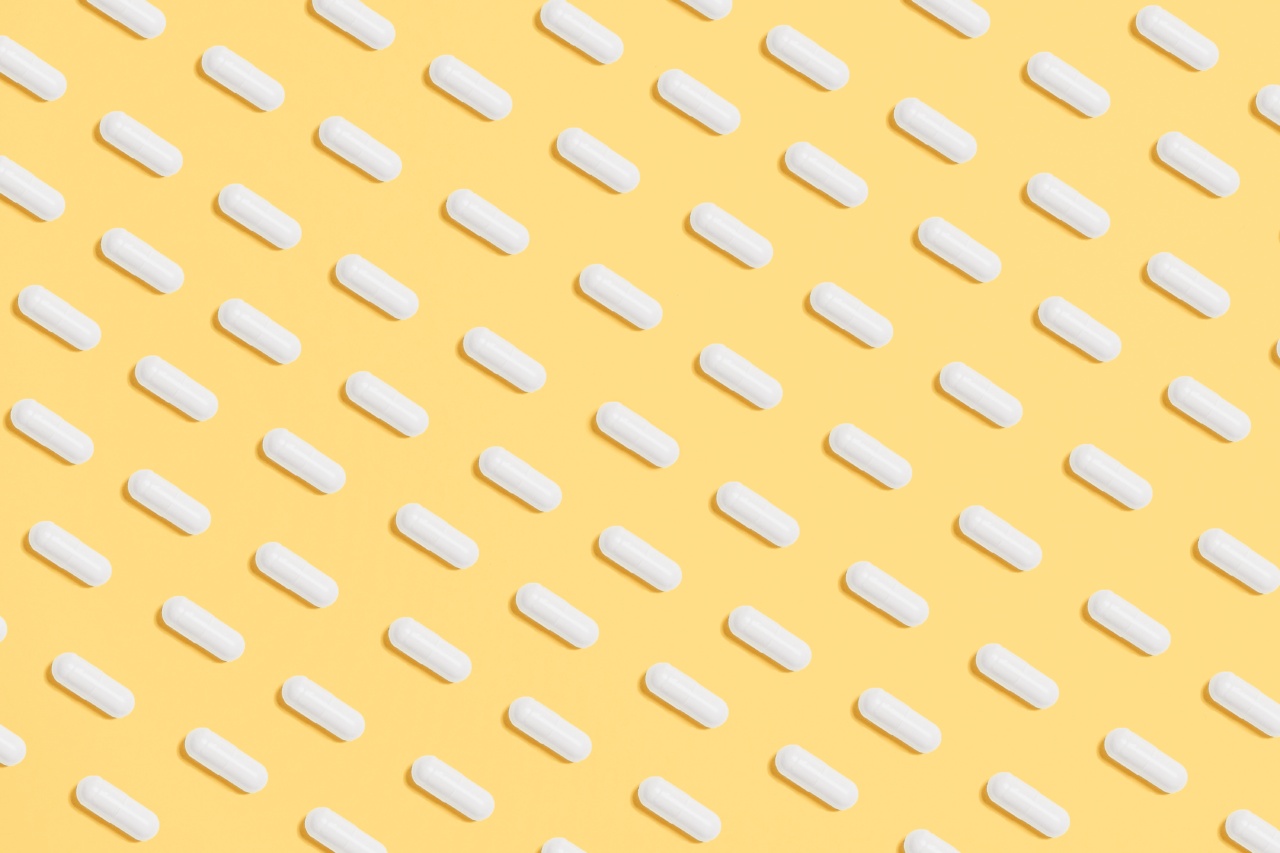Incontinence is a common condition that affects millions of people worldwide. It refers to the involuntary leakage of urine or feces, leading to embarrassment, discomfort, and a loss of confidence.
There are different types of incontinence, including stress incontinence, urge incontinence, overflow incontinence, and functional incontinence. Each type has its own causes and treatment options.
Causes of Incontinence
Several factors can contribute to the development of incontinence. Some common causes include:.
- Weakened pelvic floor muscles
- Hormonal changes
- Nerve damage
- Obesity
- Pregnancy and childbirth
- Menopause
- Prostate cancer or prostate enlargement
- Certain medications
The Importance of Kegel Exercises
Kegel exercises, also known as pelvic floor exercises, are a key component of overcoming incontinence. These exercises involve contracting and relaxing the muscles of the pelvic floor, which support the bladder and other pelvic organs.
The regular practice of Kegel exercises strengthens these muscles, leading to improved bladder control and a reduction in leakage.
Kegels for Women
For women, Kegel exercises are particularly beneficial in managing stress incontinence, which occurs during physical activity, sneezing, or coughing. To perform Kegels, follow these steps:.
- Identify the pelvic floor muscles by stopping the flow of urine midstream. The muscles used to do this are the same ones targeted by Kegel exercises.
- Empty your bladder before starting the exercises to avoid any discomfort or infections.
- Lie down, sit, or stand in a comfortable position.
- Squeeze and lift the pelvic floor muscles, holding the contraction for a few seconds.
- Release and relax the muscles for the same duration as the contraction.
- Repeat this process 10-15 times, three times a day.
Kegels for Men
Men can also benefit from Kegel exercises, especially in cases of incontinence caused by prostate issues or surgery. The steps for performing Kegel exercises in men are similar to those for women:.
- Identify the pelvic floor muscles by imagining that you are trying to stop the flow of urine or trying to prevent the passing of gas.
- Empty your bladder before beginning the exercises.
- Find a comfortable position, either sitting or lying down.
- Squeeze the pelvic floor muscles and hold for a few seconds.
- Release and relax the muscles for the same duration as the contraction.
- Repeat this process 10-15 times, three times a day.
Incorporating Kegels into Your Routine
Consistency is key when it comes to Kegel exercises. To make them a part of your daily routine, consider the following tips:.
- Set reminders or alarms on your phone to help you remember to perform the exercises.
- Perform Kegels while doing everyday activities, such as watching TV or sitting at your desk.
- Gradually increase the duration of each contraction and relaxation as your muscles get stronger.
- Monitor your progress and celebrate small victories along the way.
The Link Between Kegels and Orgasms
In addition to helping with incontinence, practicing Kegel exercises can also lead to increased sexual satisfaction and stronger orgasms. The pelvic floor muscles play a crucial role in sexual function for both men and women.
By strengthening these muscles, individuals may experience enhanced sensations during sexual activity.
Other Treatment Options for Incontinence
While Kegel exercises are highly effective, they may not be the sole solution for everyone. Depending on the type and severity of incontinence, other treatment options may include:.
- Medications to relax the bladder or reduce bladder contractions
- Biofeedback training to improve awareness and control of pelvic floor muscles
- Electrical stimulation to strengthen the pelvic floor muscles
- Incontinence pads or devices to manage leakage
- Surgery in severe cases or when other options have been unsuccessful
Lifestyle Changes for Incontinence
Aside from Kegel exercises and medical interventions, certain lifestyle modifications can also help manage incontinence:.
- Maintain a healthy weight to reduce pressure on the bladder.
- Limit the consumption of bladder irritants, such as caffeine, alcohol, and acidic foods.
- Empty your bladder regularly and completely.
- Avoid constipation by eating a high-fiber diet and staying hydrated.
- Quit smoking, as it can coughing and weaken the pelvic floor muscles.
Seeking Professional Help
If incontinence is significantly impacting your quality of life or if self-help measures are not effective, it is important to consult a healthcare professional.
They can diagnose the underlying cause of incontinence, recommend appropriate treatment options, and provide guidance on performing Kegel exercises correctly.





























